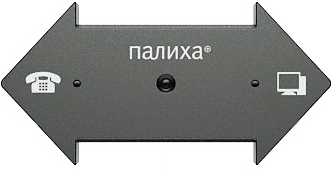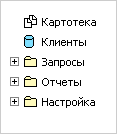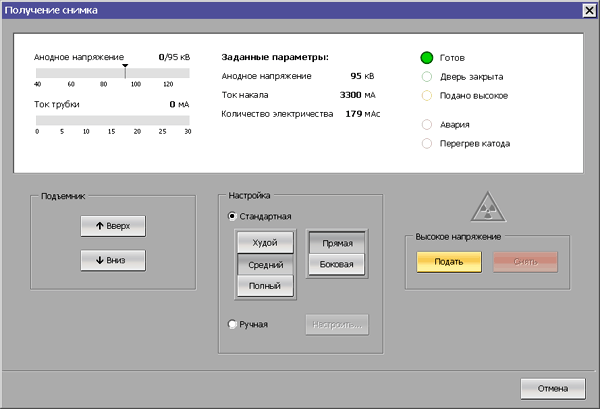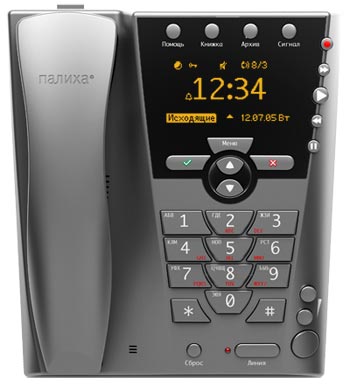Obviousness
|
In the interfaces we develop the multiple end functions of a software product are structured so as to make them available for the user at a time he needs them. This is the source of the feeling that the interface is obvious.  The functionality of the Teleport adapter that was designed to connect a PC to a Palikha phone set, is obvious; therefore there’s no manual attached
The two dimensions of a computer display often prompt developers to present the program’s functions in a linear, flat way. That’s a wrong path to simplicity. This naturally results in losing logical links between functions that could otherwise have a complex multidimensional structure.  A typical crammed tools panel
Mechanically packing all functions into one tree menu is no good, either:  After redesigning the control panel of the digital fluorographic unit, we only left standard modes of operation used in most cases. Fine tuning was relocated into a separate window, but its results are shown in the indicators area.  The control consists of four logical sections: elevator controls, shooting mode settings, electric power controls, indicators area
The major functions of a telephone set with an answering machine are the phone and the answering machine. They should be readily available without any restriction. The phone book, the archive of calls, alarm clock and calendar are of secondary importance, but the user should also have direct access to them. The other rarely used functions can be hidden in a menu.  The design of the Palikha-750 telephone set reflects the division of functions into logical sections: number buttons, answering machine controls, display menu
|